Electric cars don't like winter. You may have heard this phrase before, and while it is true, in practice it is not that simple. We will detail in this report the impact of cold temperatures and harsher climates on batteries and consumption of electric vehicles, and how to minimize them.
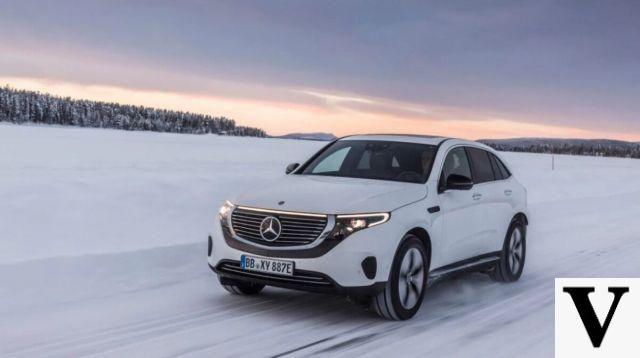
Cold temperatures are coming, and for those who are going to experience their first winter in an electric car, some nasty surprises can happen. If you want to prevent yourself from a few disappointments, or simply know what to expect, this file is for you. From heating optimization to limited regenerative braking, including best practices for fast charging, let's see what winter has in store for us!
Consumption that can skyrocket in cold weather
The situation may be familiar to you: you leave in the early morning for your usual journey where you consume around 10% of the battery, but today, you notice that the consumption has doubled, and you are cut off by 20% of the battery. at the arrival. Don't panic, your vehicle has no problem: it is normal to see an increase in consumption when temperatures drop.
Between cold battery and passenger compartment to heat up quickly, these additional consumptions which do not exist during fine weather appear with the drop in the outside temperature. Generally speaking, if you are planning long trips in winter with difficult weather conditions, you can expect to consume up to 30% more than when conditions are ideal.
To learn more
Eco-driving and electric car: how to minimize consumption?
However, fear not: there are solutions to limit the consequences of winter, which are quite simple to implement to combine comfort and reasonable consumption. Depending on the vehicle, the mobile application will allow you, without having to physically go in the car, to plan charging and heating, for example. The advantage: being sure to have perfect conditions before each departure.
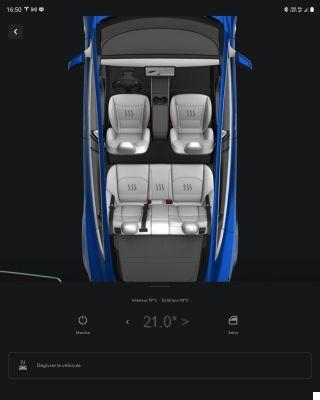
Heating control from the Tesla app //
The main cause of the consequent increase in consumption is heating the passenger compartment if it is very cold. Indeed, the car will generally be instructed to quickly heat the interior. To do this, the ventilation system will run at full speed. Depending on the vehicle, this can reach an instantaneous consumption of 6 kW, which is equivalent to 3 kWh consumed in 30 minutes in extreme cases.
Let us contextualize this consumption in a case of urban traffic: if, for a journey of 15 kilometers lasting 30 minutes, the consumption without heating was 150 Wh / km, with a full heating, it could reach 350 Wh / km, more than double! Fortunately, this explosion is especially marked at the start of a journey, and its effect will smooth out when the journey lengthens.
In any case, the use of heated seats and steering wheel - if they are available in your vehicle - will be much more efficient. This can save you a few percent of battery when needed.
The cold battery and its consequences
An electric car battery has an optimum operating temperature. In the vast majority of cases, it is between 20 and 40 degrees Celsius. Considering the fact that we are talking about several hundred kilos, the energy required for the temperature to increase significantly will be substantial, and this cannot be done in a snap.
Recharging in degraded mode
During the period when the battery is too cold to function in a nominal way, the vehicle will do everything to preserve the battery, and this will have consequences for driving and recharging. In some extreme cases, it even happens that the car cannot charge at all, until the battery has warmed up sufficiently.
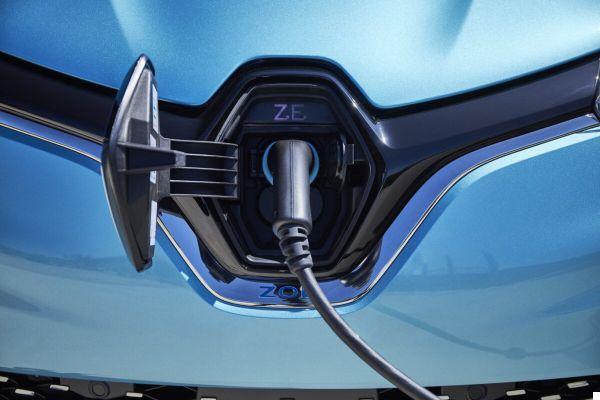
The Renault Zoé charging socket //
Take the case of Tesla as an example. If the battery temperature is too low to charge quickly - by plugging it into a 3 kW household outlet - all of the energy can be used to run the motor (s). The system will then heat the battery, rather than recharge it.
This can have unintended consequences: a charge can last several hours longer than expected, while the battery is at the correct temperature.
Limited regenerative braking
In the same way as recharging, regenerative braking will be strongly impacted by a battery that is too cold. This point is quite logical, because it actually amounts to recharging the battery, using the energy produced by the motors that become generators.
So with a battery that can't take as much input power as usual, you'll be dealing with limited regenerative braking, which may even be non-existent in the most extreme cases. If you were used to one-pedal driving, it will be necessary to press the brake pedal much more frequently, while the temperature of the pack rises.
Limited power
The maximum power available at the battery output is impacted by the temperature of the pack. So don't expect to break acceleration records if your vehicle has been left in the cold overnight. Depending on the model, the power limitation can be more or less important, but in the majority of cases, putting the foot to the ground will not tackle your head in the seat as much as usual.
Degraded fast charge
Finally, there is a particular phenomenon which affects certain electric cars which cannot keep their battery hot enough if the outside temperature is too cold, even after several hours of driving: the fast charge will be degraded, sometimes dramatically.
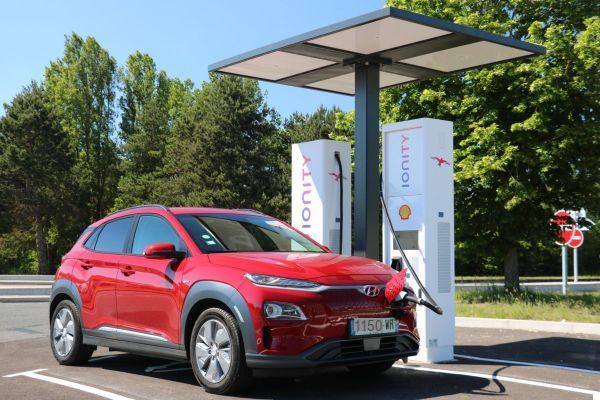
The Hyundai Kona electric has an Ionity //
With vehicles that claim to charge at a power exceeding 200 kW, plugging into a fast charger in the cold of winter can turn into an experience that is far from the manufacturer's promises.
Best practices for winter
As you will now understand, consumption may skyrocket, regenerative braking will be limited, and charging power will not be optimal. But is this necessarily inevitable? What can be done to limit these disappointments?
Most electric vehicles allow you to pre-condition the passenger compartment, and in some cases the battery, ensuring you enjoy nominal operation even in freezing weather. In practice, you define a start time and the heating will start a few minutes before, so that you do not have to spend the energy necessary to warm up the cabin.
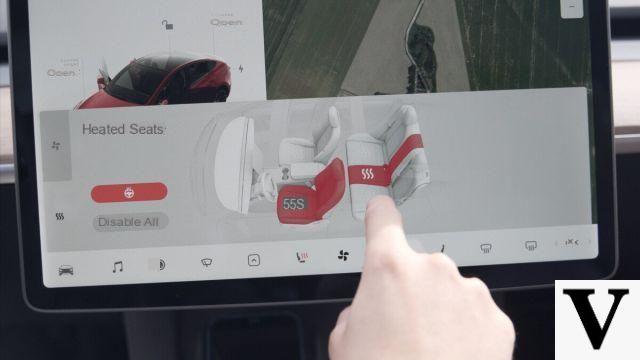
On some cars, this preconditioning is only possible when plugged in, which limits its usefulness if you are parked outside without the possibility of charging. In the event that you are connected to a charging station, this preconditioning avoids draining the energy of the battery. The energy will be drawn directly from the charger to which you are connected.
Finally, to avoid the disappointments linked to degraded charging, it is important to favor recharging when the battery is hot. Thus, during a long trip lasting several days with a night's rest in particular, it will be interesting to charge the evening of your arrival after hours of driving and warming up the battery. Rather than in the early morning when the battery will have had all night to cool down.
To learn more
How to prepare for long journeys in an electric car?
While this good practice is valid in any weather condition, the negative impact of a cold battery will be felt much more with winter temperatures. If you remember to apply the little tips mentioned in this file, everything will go perfectly well. In any case, do not be surprised not to have the same experience in summer as in winter in an electric car, there is nothing more normal.
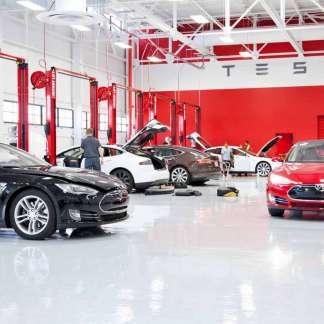 Cost and maintenance of an electric car: what you need to know
Cost and maintenance of an electric car: what you need to know


Smaller motor, no gearbox, batteries guaranteed for several years, brake pads used less… This is why electric cars do not need as much maintenance as combustion vehicles.


























